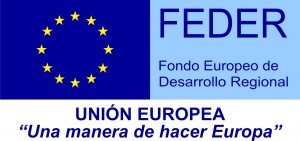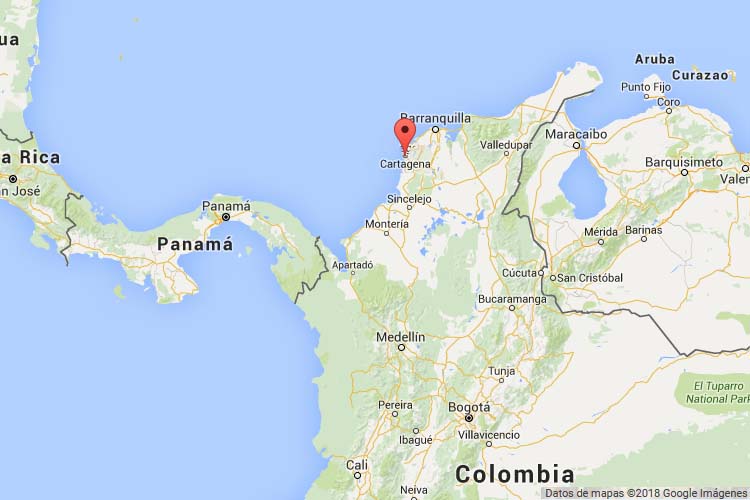In April 1620, King Philip III of Spain signed a contract with Captain Alonso Turrillo de Yebra, a military engineer, authorising the establishment and operation of a Mint (Casa de Moneda) in Santa Fe de Bogotá. This contract was recorded in a royal decree dated 1 April 1620. It was subsequently extended on 20 September 1620 to specify the rights to establish a branch in Cartagena de Indias to meet the demand for circulating currency in the vicinity of that city. Arriving in Cartagena on 9 July 1620, Turrillo rented a house, which he fitted out to start minting. On 15 July 1621, it was given the order to start the minting of vellón (copper and silver alloy) coins, but it was not carried out. Finally, at the end of 1621, Turrillo set out for Santa Fe with various officials, personal belongings, tools, and instruments for the work of the currency. It is known that there are coins of 8 reales minted in Cartagena of the year 1621, which had to be made sometime between August and no later than December of that year.
By Royal Decree of 24 August 1626 addressed to Diego de Escobar, Governor of Cartagena, the authorisation for the minting of vellón coins was rescinded, authorising the minting of silver coins, but restricted to the values of 1/4, 1/2, 1 and 2 reales. Minting began that year in Cartagena, and despite not having authorization, gold was also chipped. Due to this, by order of the Santa Fe audience it was closed in 1629. Later, the Spanish monarch ordered its reopening in 1630, lifting the restriction. The mint minted gold and silver coins of the macuquina type with very rough workmanship until 1635, when it was closed by Royal Decree.
In 1655 the minting began again, but illegally. Due to the scandal of the Potosí mint in the 1640s, by decree of 22 December 1650, Philip IV ordered a new style of minting throughout Peru and prohibited the circulation of previous debased Potosi issues. When the governor of Cartagena received that royal decree the following summer, he ordered that old style Potosí coinage (except for one and two reales) could not circulate in his city after 1651. With no replacement coins arriving in Cartagena from Santa Fe or Potosi, trade was immediately affected, and Cartagena petitioned Philip IV to reopen its mint. Philip denied this request in 1653, but the new governor of Cartagena, Don Pedro Zapata de Mendoza, requested it again in April 1654. With no response, in June 1655, Zapata decided that the situation was critical and, although he lacked the authority to do so, he ordered the Mint (Casa de Moneda) to reopen to strike a silver coin. The minting began on 22 June under the treasurer Juan de Somovilla Tejada and the assayer Salvador de Caceres. On 9 July Zapata received a Royal Order sent the previous September. The king forbids Zapata to reopen the Cartagena Mint (Casa de Moneda) and demands the immediate closure of any mint that had been opened illegally. Zapata orders the closure but gives Tejada until 4 August to clean out the existing silver deposits. In a letter of apology, Zapata writes to Philip IV in April 1656, the governor says that approximately 25,000 pesos of silver were minted at the mint between 22 June and early August 1655. Possibly Tejada minted much more silver than he reported to the king and was even able to mint, in 1856, as he had the dies in his possession until 22 April 1656.
In 1810 the war of Independence of Colombia began. After the independence of Cartagena on 11 November 1811, the patriot side minted copper coins of 1/2 real and 2 reals until 1814. On 20 August 1815, Pablo Morillo arrived in Cartagena, and, after a siege of more than three months, he reconquered the city for the Spanish Crown. That same year they used the coins minted by the independentists as tokens and countermarked them with royalist designs and fantastic dates, such as 808, 800, 777 and 111.
The Cartagena de Indias Mint
| South America | |
| Colombia | |
| Cartagena de Indias | |
| Cartagena de Indias | |
| 1621 | |
| 1815 |
Historical review
Actual state
The exact location of the mint in 1621 is unknown, but it was on Calle de la Cruz, according to the map of 31 August 1630 of the 'Archivo General de Indias' (MP-PANAMA, 239).
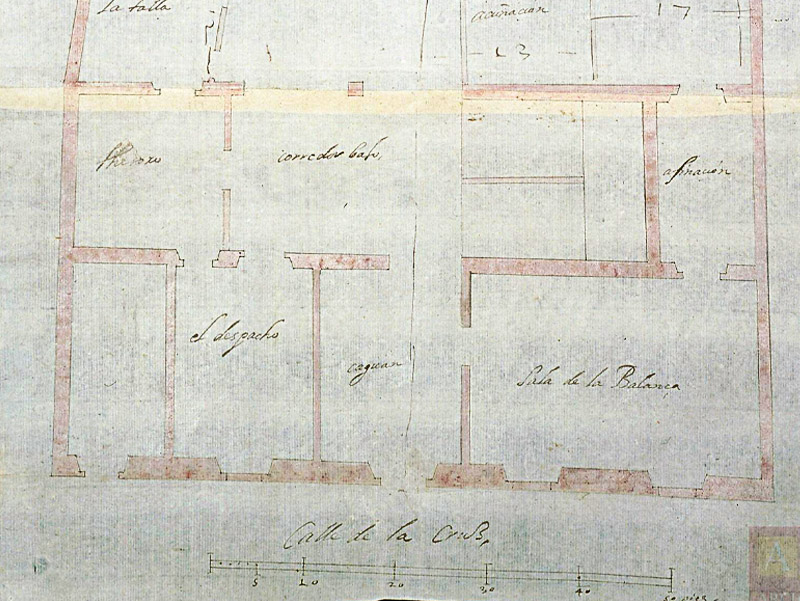
The last known location is at 36th Street, 7-94. The building has a colonial style architecture and preserves the shutters of its original construction. It was destroyed by fire in 1947, but today it has been restored and is part of the city's Historical and Artistic Heritage.
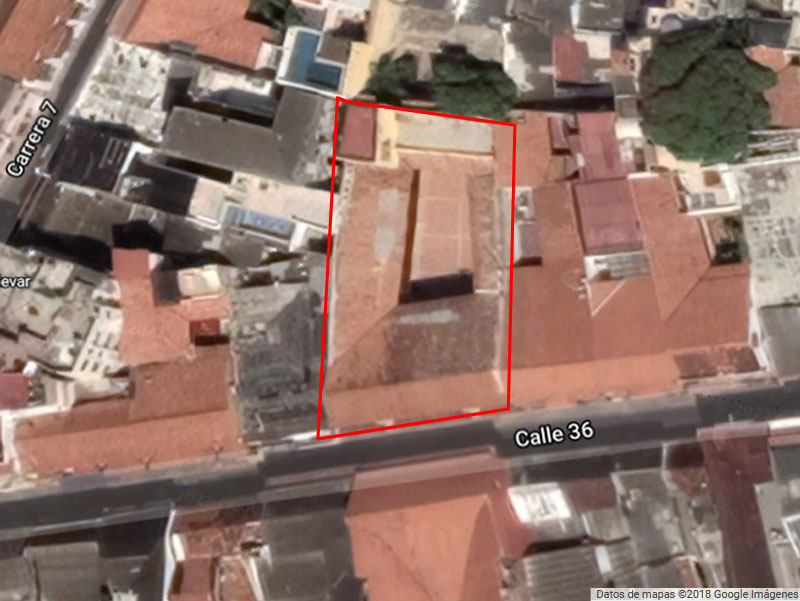
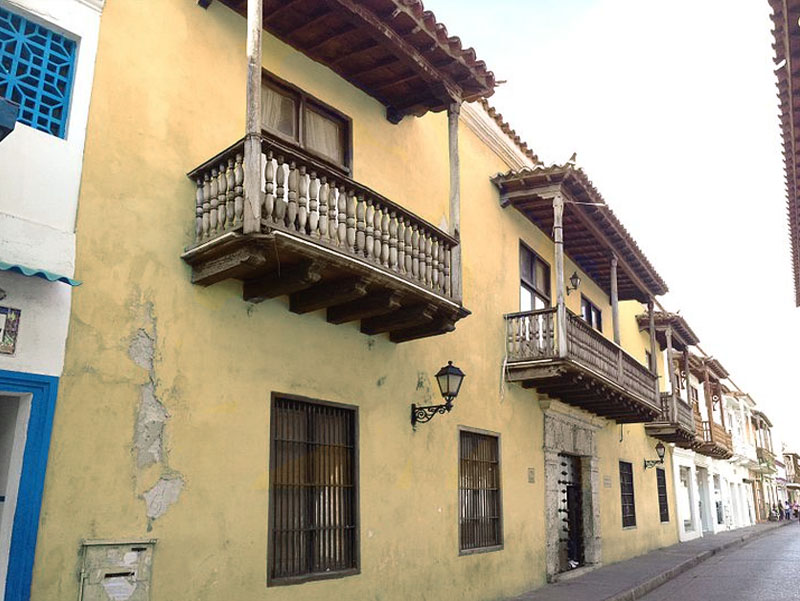
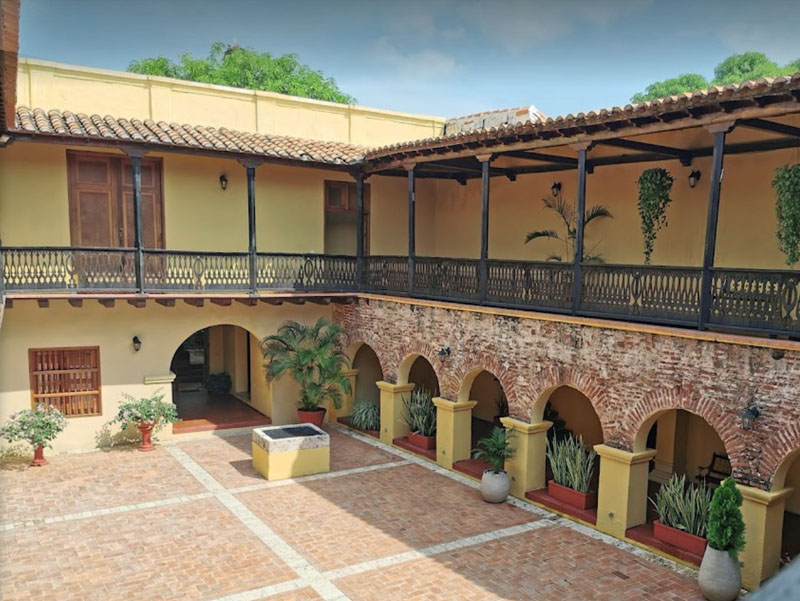

The last known location is at 36th Street, 7-94. The building has a colonial style architecture and preserves the shutters of its original construction. It was destroyed by fire in 1947, but today it has been restored and is part of the city's Historical and Artistic Heritage.



Source: Historia de la Casa de Moneda (A.M. Barriga); Las Casa de Moneda españolas en América del sur (Eduardo Dargent). The cobs of Cartagena, 1622-1655 (Joseph R. Lasser); The Illegal Cartagena Mint of 1655 (Jorge A. Proctor, Herman Blanton); Las monedas acuñadas en el Nuevo Reino de Granada en 1621 y 1622. (Proctor, Jorge A). (NUMISCOL). Núm. 105; Las monedas de Vellón acuñadas en el Nuevo Reino de Granada en 1622 y 1626. (Proctor, Jorge A). (NUMISCOL). Núm. 101.
Type of coinage
| Period | Gold | Silver | Copper | |
|---|---|---|---|---|
| Fernando VII | 1808-1833 | |||
| Felipe IV | 1621-1665 | |||
Source: eNumismatic (José David Rodriguez Soage).
Mint die-sinkers and assayers
| Mark | Period | Names |
|---|---|---|
| A | 1621 | ? |
| H, E | 1625-1635 | Juan de la Era |
| S | 1655 | Salvador de Cáceres |
Source: Jorge A. Proctor.
Author:
2021-09-24 . Revisor: Jorge A. Proctor
